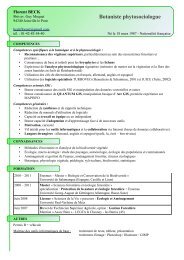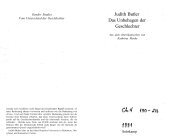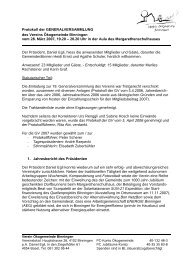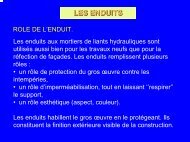479 Horizontal Motion: The horizontal component of velocity ... - Wuala
479 Horizontal Motion: The horizontal component of velocity ... - Wuala
479 Horizontal Motion: The horizontal component of velocity ... - Wuala
You also want an ePaper? Increase the reach of your titles
YUMPU automatically turns print PDFs into web optimized ePapers that Google loves.
91962_05_R1_p0<strong>479</strong>-0512 6/5/09 3:53 PM Page 487<br />
© 2010 Pearson Education, Inc., Upper Saddle River, NJ. All rights reserved. This material is protected under all copyright laws as they currently<br />
exist. No portion <strong>of</strong> this material may be reproduced, in any form or by any means, without permission in writing from the publisher.<br />
*R1–12. <strong>The</strong> skier starts fom rest at A and travels down<br />
the ramp. If friction and air resistance can be neglected,<br />
determine his speed v B when he reaches B. Also, compute<br />
the distance s to where he strikes the ground at C, if he<br />
makes the jump traveling <strong>horizontal</strong>ly at B. Neglect the<br />
skier’s size. He has a mass <strong>of</strong> 70 kg.<br />
50 m<br />
A<br />
B<br />
v B<br />
4 m<br />
Potential Energy: <strong>The</strong> datum is set at the lowest point B. When the skier is at point<br />
A, he is (50 - 4) = 46 m above the datum. His gravitational potential energy at this<br />
position is 70(9.81) (46) = 31588.2 J.<br />
s<br />
C<br />
30<br />
Conservation <strong>of</strong> Energy: Applying Eq. 14–21, we have<br />
T A + V A = T B + V B<br />
0 + 31588.2 = 1 2 (70) y2 B<br />
y B = 30.04 m>s = 30.0 m>s<br />
Ans.<br />
Kinematics: By considering the vertical motion <strong>of</strong> the skier, we have<br />
( +T) s y = (s 0 ) y + (y 0 ) y t + 1 2 (a c) y t 2<br />
4 + s sin 30° = 0 + 0 + 1 (9.81) t2<br />
2<br />
[1]<br />
By considering the <strong>horizontal</strong> motion <strong>of</strong> the skier, we have<br />
A ; + B<br />
s x = (s 0 ) x + y x t<br />
s cos 30° = 0 + 30.04 t<br />
[2]<br />
Solving Eqs. [1] and [2] yields<br />
s = 130 m<br />
Ans.<br />
t = 3.753 s<br />
487
















